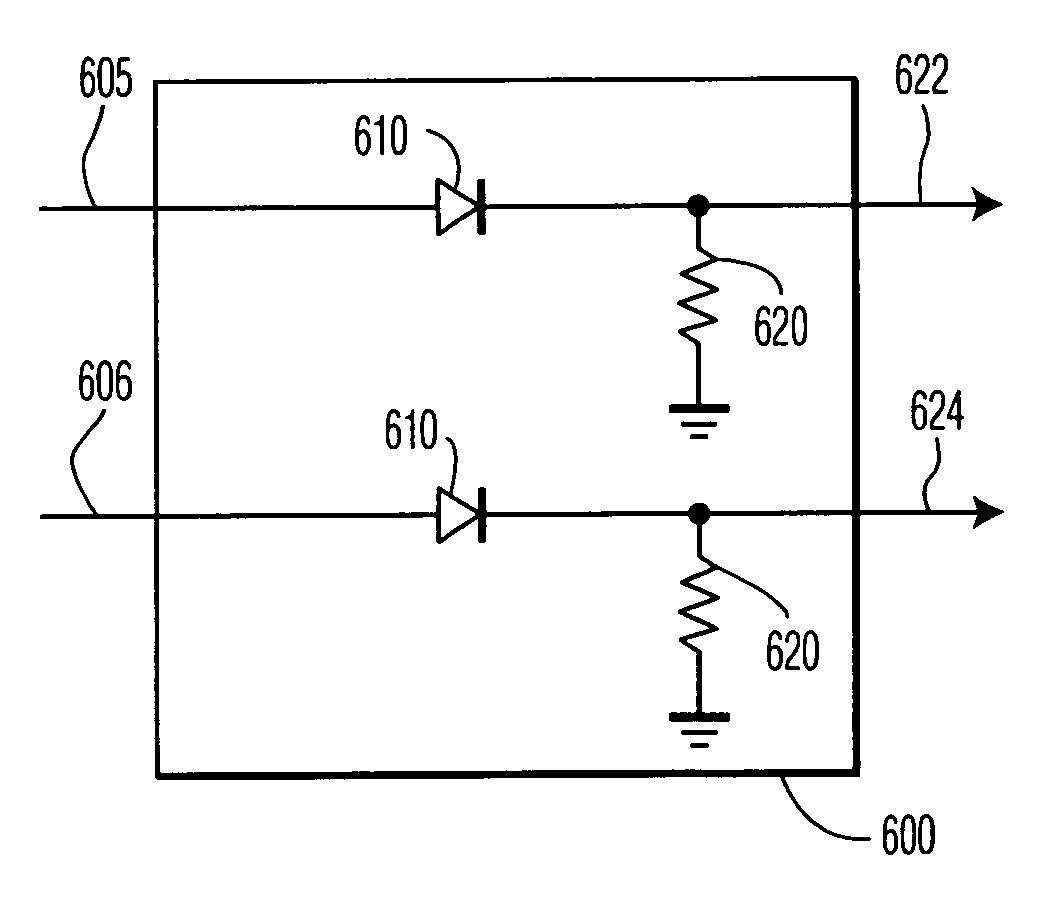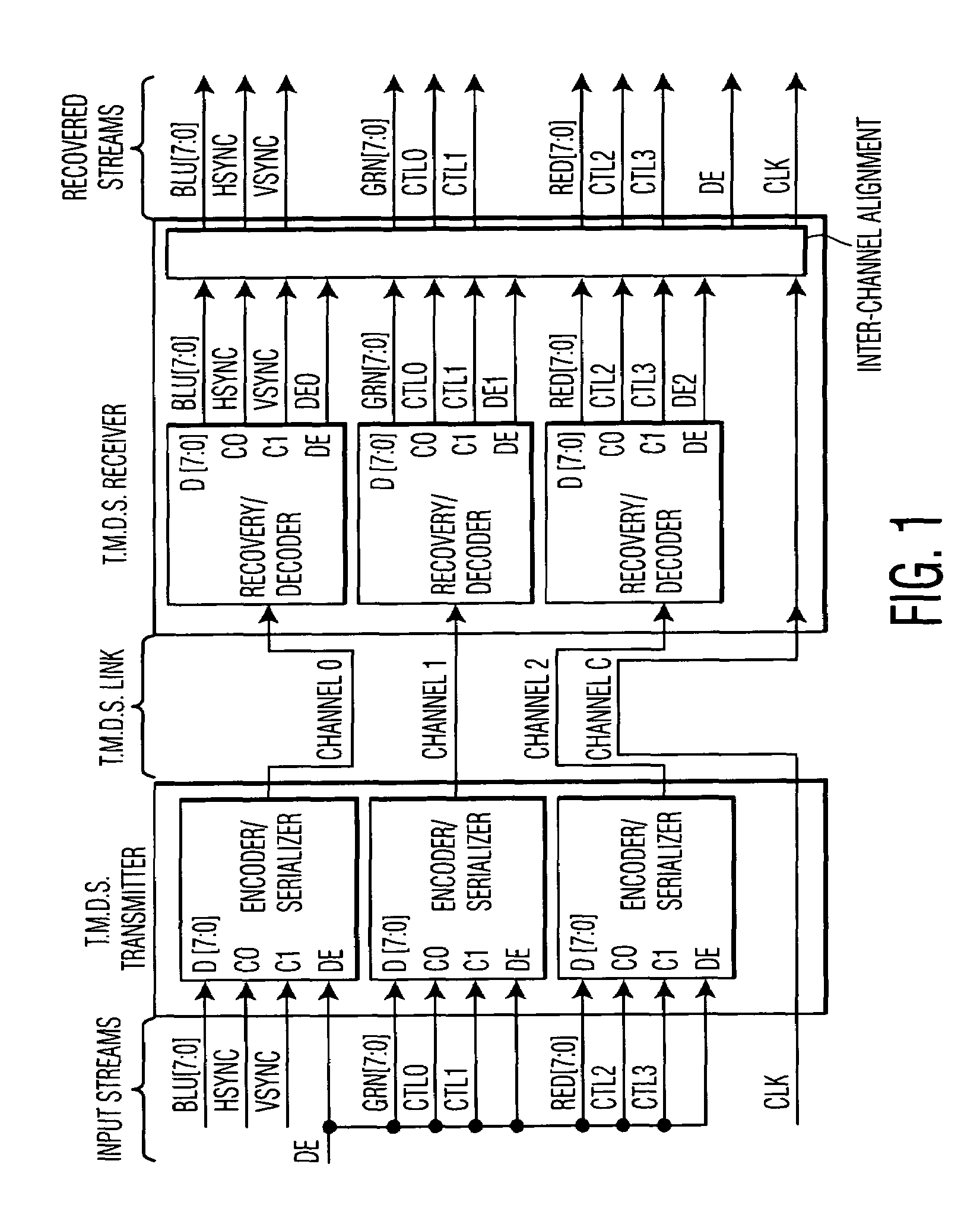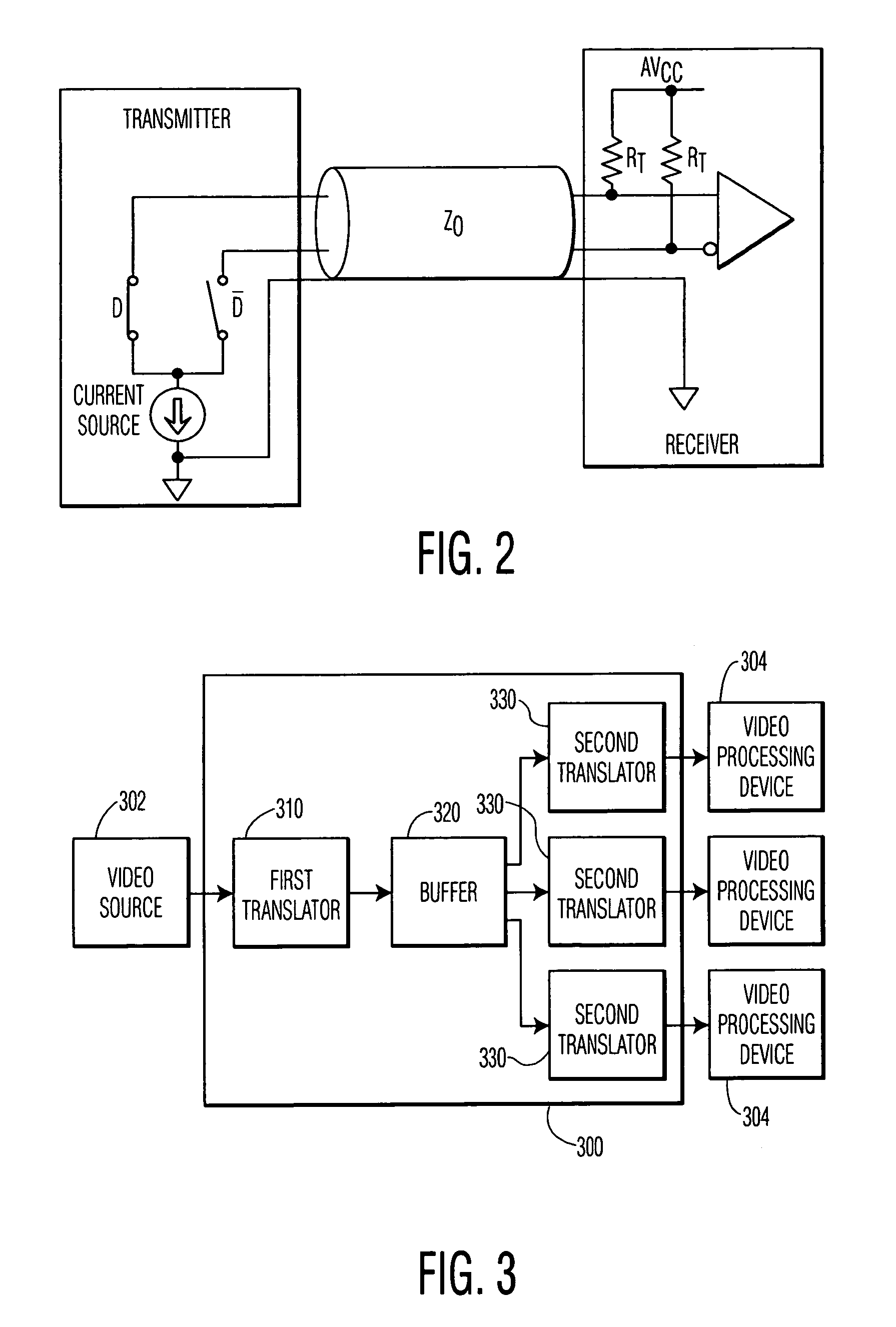Systems and methods that identify normal traffic during network attacks
a network attack and normal traffic technology, applied in the field of networks, can solve the problems of dns attacks, transmission networks may become so congested, isps cannot provide adequate service,
- Summary
- Abstract
- Description
- Claims
- Application Information
AI Technical Summary
Benefits of technology
Problems solved by technology
Method used
Image
Examples
Embodiment Construction
[0027]The following detailed description of the invention refers to the accompanying drawings. The same reference numbers may be used in different drawings to identify the same or similar elements. Also, the following detailed description does not limit the invention. Instead, the scope of the invention is defined by the appended claims and their equivalents.
[0028]Systems and methods consistent with the present invention protect communication networks and devices against network attacks. During training sessions, normal traffic is blocked for the purpose of observing how normal-user programs respond to such blockage. Models are then created to reflect the behavior of normal users. Upon detection of an attack, a filtering device filters out traffic associated with the attack while allowing normal traffic to continue on toward its destination based on signal from a triage device. The triage device identifies normal traffic in a stream of incoming traffic using the previously-created m...
PUM
 Login to View More
Login to View More Abstract
Description
Claims
Application Information
 Login to View More
Login to View More - R&D
- Intellectual Property
- Life Sciences
- Materials
- Tech Scout
- Unparalleled Data Quality
- Higher Quality Content
- 60% Fewer Hallucinations
Browse by: Latest US Patents, China's latest patents, Technical Efficacy Thesaurus, Application Domain, Technology Topic, Popular Technical Reports.
© 2025 PatSnap. All rights reserved.Legal|Privacy policy|Modern Slavery Act Transparency Statement|Sitemap|About US| Contact US: help@patsnap.com



